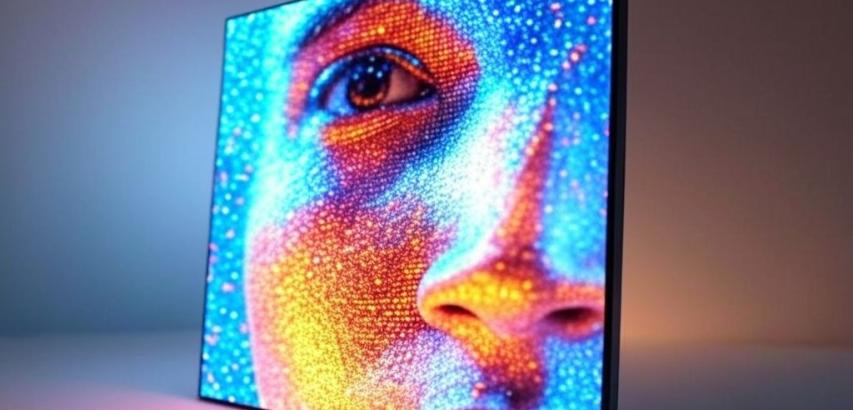LED screens have become an integral part of modern technology, widely used in advertising, events, and even in residential spaces for entertainment. Among the various types of LED screens, modular LED screens stand out due to their unique design, which emphasizes easy maintenance, customization, and adaptability.
What Are Modular LED Screens?
Modular LED screens are made up of multiple individual panels or modules that are seamlessly connected to form a larger display. Each module contains its own LED lights, power supply, and control components, allowing it to function independently while contributing to the overall screen performance.
Key Features of Modular LED Screens
1. Ease of Maintenance
Quick Module Replacement: In case of damage or malfunction, individual modules can be easily removed and replaced without affecting the rest of the screen.
Front and Rear Access: Many modular screens offer both front and rear access for maintenance, allowing flexibility based on installation location.
Reduced Downtime: The ability to replace only the faulty module minimizes downtime, making these screens ideal for high-visibility installations like stadiums or live events.
2. Customizable Sizes and Shapes
Flexible Configurations: Modules can be assembled in various configurations to create screens of any size or shape, whether it's a flat screen, curved display, or even 3D designs.
Scalability: Users can add or remove modules to resize the screen as needed, making it a cost-effective solution for changing requirements.
3. High-Quality Display
Uniform Brightness: Advanced calibration ensures that all modules deliver uniform brightness and color consistency across the entire screen.
Durable Components: Modular LED screens are built to withstand harsh weather conditions, making them suitable for outdoor use.
4. Energy Efficiency
LED technology itself is energy-efficient, and modular screens often feature advanced power management systems to reduce overall consumption.
Advantages of Modular LED Screens
1. Cost-Effective Maintenance
Since only the faulty modules need replacement, repair costs are significantly lower compared to replacing an entire screen.
2. Versatility
Modular LED screens can be used in various settings, including indoor venues, outdoor billboards, live events, control rooms, and more.
Different pixel pitches are available, allowing users to choose based on viewing distance and resolution requirements.
3. Future-Proof Design
As technology advances, individual modules can be upgraded or replaced without requiring a full screen overhaul, ensuring the system remains up-to-date.
4. Portability
Modular screens can be easily dismantled and transported, making them ideal for temporary installations like trade shows or events.
Applications of Modular LED Screens
Advertising and Marketing: Large outdoor displays for advertisements and promotions.
Entertainment and Events: Backdrops for concerts, theaters, and live shows.
Sports Venues: Real-time scoreboards and audience engagement screens.
Retail Spaces: Dynamic displays for showcasing products and promotions.
Control Centers: High-resolution screens for monitoring and command operations.
Challenges and Solutions
1. Initial Investment
Modular LED screens may have a higher upfront cost due to their advanced design. However, the long-term savings on maintenance and upgrades offset this expense.
2. Calibration
Ensuring seamless integration between modules can be challenging. Advanced software tools are now available to automatically calibrate modules for consistent display performance.
3. Environmental Factors
Outdoor installations require weatherproofing. Modern modular LED screens come with IP-rated protection against dust, water, and temperature variations.
Modular LED screens represent a revolutionary approach to display technology, offering unparalleled flexibility, easy maintenance, and long-term cost efficiency. Whether for commercial, industrial, or entertainment purposes, these screens are a smart investment for anyone looking to create impactful visual displays while minimizing maintenance challenges. As LED technology continues to advance, modular systems are poised to become the standard for high-quality, adaptable screens across all industries.
